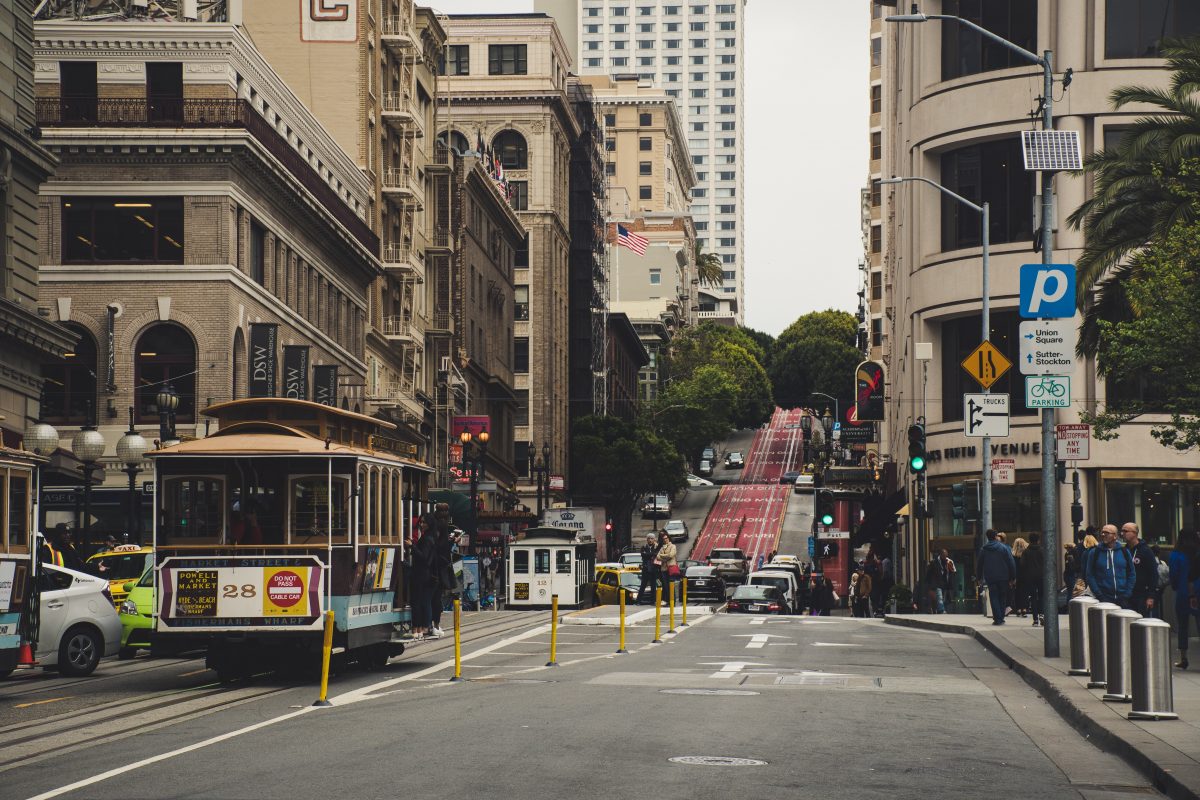When I studied abroad in France, I stayed with a host family who loved traveling and visiting places all around the world. I remember them telling me that San Francisco was their favorite city in the United States because the vibe there was most similar was most similar to what they are used to in France. San Francisco is a very liberal city and it is filled with so many different cultures, so I was not surprised that my open-minded host family would enjoy visiting the city. Unfortunately, just as much as Silicon Valley has been booming from the tech industry, San Francisco is suffering from a rise in homelessness and addiction.
Kicked Out by Investors
It is easy to take a look at the growth of tech companies in Silicon Valley as the main reason for the increase in rent and cost of living, but I assure you that it isn’t entirely their fault. In fact, the fault probably lies in the big firms and investors who, after the global financial crisis in 2008, started buying up single-family dwellings and raising the rent. As the years went by, investors started buying up units and renting them out on services like Airbnb, feeding straight into San Francisco’s tourist industry. And little by little, they began pushing residents who couldn’t afford such ridiculous prices. As of 2017, there are more than 7,000 homeless residents in San Francisco. Most of them do not have basic access to water, toilets and sanitation facilities. I remember 10 years ago when it seemed like San Francisco was doing a better job taking care of its homeless population by offering more low-income housing. It is not that San Francisco is do nothing to provide housing, it is just that they cannot provide housing fast enough for the rate at which people are losing their homes.
Tent Cities
Being unable to afford rent or relocate somewhere else, these residents turn to the streets where they face constant difficulties each day. If they are lucky, other residents give away tents to them so they can have some sort of shelter against the rain or cold. Like all humans do, people congregate and tent cities have sprung up all over San Francisco. Tent cities may sound nice, but their living conditions are terrible. With no access to water or basic sanitation facilities, the tent communities are filled with people, discarded needles, drugs, and human wastes, the perfect place for diseases to be contracted and spread.
Open Air Drug Markets
Homeless people can be victims of hard times, making them very susceptible to developing mental health issues and drug addictions. Mental health issues such as depression and anxiety, all of which can develop being homeless, are strongly linked to developing alcohol and substance addiction. It does not help that coming into possession of drugs now is a lot easier than before. Although California law prohibits possession of drugs like heroin, in 2014, state voters approved a law that classified possession of drugs as a misdemeanor rather than a felony. Police also do not go around arresting people who have small amounts of drugs users usually go straight back to injecting drugs after they are released. There also isn’t enough manpower to take care of every drug user. The police do just enough to keep violent drug-related crimes at bay or to one location. Consequently, open air drug markets are popping up all over the city and a lot more addicts are living on the streets. Whereas users use to shoot up in private, abandoned buildings or places, you know things are getting worse when you look hard enough and you can easily find people shooting up in public or lying around on the streets.
New Drug Programs in SF
In order to address the addiction problems in San Francisco, the city has started implementing new drug programs aiming to bring anti-addiction medication such as buprenorphine and naltrexone to addicts on the streets. Both buprenorphine and naltrexone can help addicts by blocking their cravings for opioids as well as experiencing the symptoms of withdrawal.
Normally, it would be better for the user themselves to be admitted into a treatment facility where they could have access to basic sanitization, 24/7 support and medical providers that can administer anti-medication appropriately. Buprenorphine, for example, must be distributed by medical providers to users daily and naltrexone requires the users to be clean for 7 to 10 days before receiving it. A drug user has a better chance of weaning off opioids in a controlled setting like a treatment facility.
However, not all drug users are comfortable using the formal medical system and may have mental health issues that keep them from keeping their appointments. They may also not have a means of getting to the facility, which is why the city made a wise decision to bring anti-medication directly to the users. Instead of waiting around for users to come to the government for help, these programs encourage people to be more proactive in helping the city’s residents. This is a great idea because, ideally, medical providers will be able to reach more people who are struggling with addiction. But, that also means the medical providers must be dedicated to consistently bringing treatment to the users out on the streets.
Safe Drug Consumption Sites
Another program that is in the works is the plan for having safe drug consumption sites set up. San Francisco is one of the few cities advocating for safe drug consumption sites where drug users can go for injections without fear of the dangers of the streets. In addition, users would have access to clean needles, as well as medical care and treatment if they are seeking drug addiction treatment. This is definitely a better option than injecting drugs in tent communities where diseases can spread from exposure to used needles and human feces.
